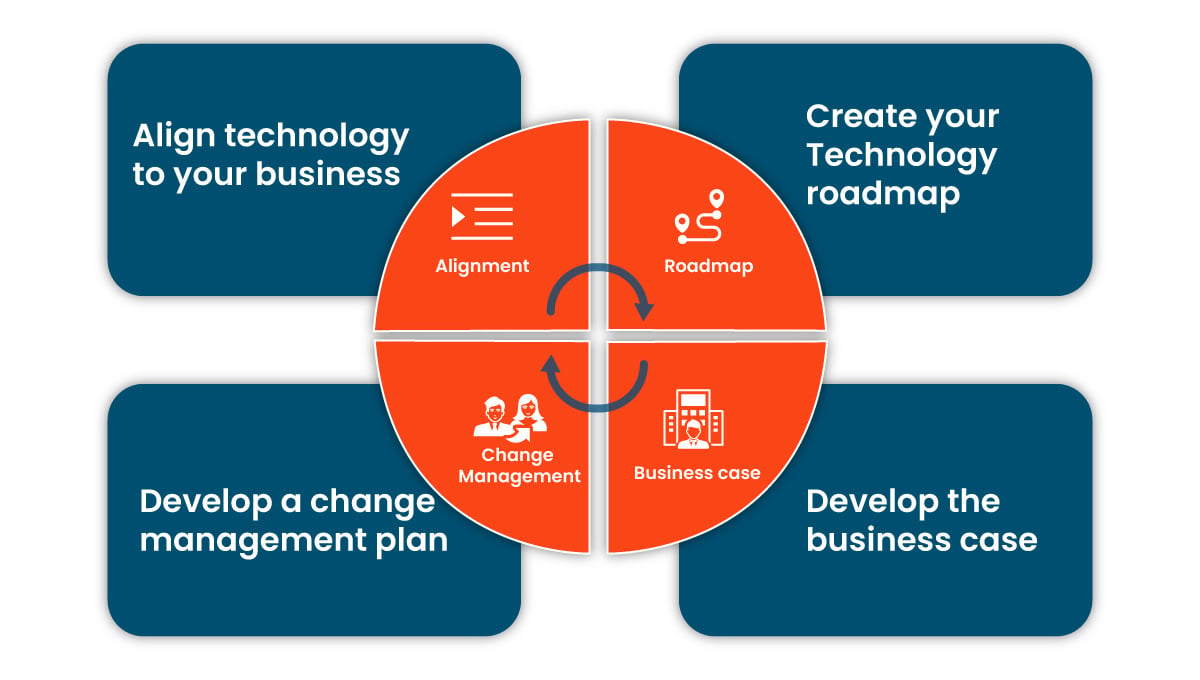
If you’re reading this article, we assume you have chosen, or nearly so, SumTotal Learn as your next learning platform. If not, you may want to start your reading here. Whether you choose us to help you manage your SumTotal implementation or not, we want you to be successful. We also want you to know you are on the right path. So, we’ve assembled information about SumTotal LMS technology and tips for implementing your learning strategy in the LMS.
About SumTotal Technology
That a software solution is 35+ years old doesn’t mean it’s not up to date. SumTotal adopts new technologies as they become available and updates its software three times each year.SumTotal built its LMS on a Java-based architecture, providing scalability, security, and interoperability with other technologies.
In SumTotal, those technologies include:
- MySQL: a time-tested and widely used open-source relational database management system.
- HTML5: the essential foundation of modern web development. It provides an intuitive structure for building websites and applications that are both interactive and visually stunning.
- REST API: the most flexible and lightweight tool for using any programming language and data format. Its flexibility makes it useful for a variety of projects, allowing developers to create customized solutions, and it’s easy to understand and use for both humans and machines.
- Amazon Web Services: Deploying SumTotal on AWS provide scalability, reliability, and security. Because all hosted services and applications are processed, stored, and managed in the cloud environment of AWS, you can expect effortless, accurate deployment
However, you are in no way limited to those technologies. Using tools in SumTotal, you can integrate with any other technology, including the new skills platforms and internal talent marketplaces. SumTotal LMS meets the needs of any large organization with complex learning requirements.
Strategy and Planning
The strategic intent driving your need for a comprehensive learning and talent management system drives the framework for your SumTotal implementation. The following four steps will help you build your business case, get approval for your project, and plan your implementation.Align Technology to Your Business
We recommend beginning with a complete review of your workforce development strategy.From that review, you’ll be able to identify the business needs of your learning technology and decide how your technology will support your business objectives.
From the review, you can:
-
Identify the business performance indicators related to your project. Business performance indicators can help you understand how well the technology performs to your expectations.
-
Gain the support of the people who own your performance metrics. Give them a voice in how they can use SumTotal’s capabilities to improve their KPIs.
-
Determine how you will use SumTotal’s capabilities to drive performance metrics. Explore with your people managers what learning approaches will be most effective. Work with them also on how they can measure performance.
-
Quantify the expected benefits of your SumTotal project. If you want to learn more about estimating intangibles, we recommend reading How to Measure Anything by Douglas Hubbard.
Create a Technology Roadmap
Develop a technology roadmap that outlines the learning technologies you will implement, including timelines, resources required, and budget implications. Having the roadmap will help your SumTotal admin team to plan for integrations.Develop the Business Case
Once you’ve assessed how you’ll achieve your business objectives, you can determine the costs and benefits to prove the value of your project. Your procurement office or CFO will provide a worksheet to calculate the costs, benefits, and projected return on your investment and should have guidance for putting your business case together.
To get more information, you can download our guide to Building the Business Case for a New Learning Management System to help you put it together.
Get the free guide
Building the Business Case for a
New Learning Management System
Develop a Change Management Plan
A change management plan is the key to adopting your new technology. It should include communication plans, training plans, and stakeholder engagement strategies.
Include a process for establishing who owns each part of the development process. Include the roles and tools L&D, HR, people managers, and technology will perform in:
- Career Planning.
- Skills Management.
- Coaching And Motivation
- Coaching Development
- Rewards.
If you don’t have an internal talent marketplace, we recommend including it in your technology plan.
Summary
The SumTotal LMS will be a fundamental tool in your business strategy. SumTotal makes it easy to align technology with your business needs.
By creating a technology roadmap, developing a business case, and creating strategies for effective change management, leveraging the experience of your own strategists, you can optimize the value SumTotal delivers.
And by engaging in a comprehensive learning strategic workshop with us, you will have all the knowledge and tools you need to maximize your LMS performance.
Contact us if we can help you create a strategy tailored just for you.
Phenom eCloud is a comprehensive technology solutions provider committed to empowering businesses to overcome challenges, enhance their workforce capabilities, and achieve superior outcomes.





Leave a Comment